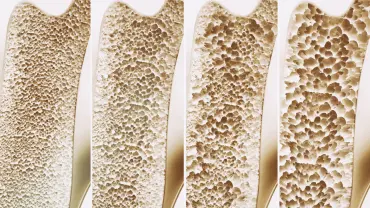These days, as technology increasingly becomes a larger part of people's lives, tech neck becomes a common problem along with it. We typically don't even realize how often we're checking our phones throughout the day, or how severely slouched we are while sitting in front of a computer. It’s important to recognize the dangers associated with these activities and the impact they can have on your neck.
At Camelback Spine Care, we treat patients who have symptoms of tech neck.
What is tech neck?
Tech neck is a relatively new ailment that has resulted from the growing use of electronic devices such as cell phones, tablets, and computers. The phrase tech neck was created to describe the way your head and neck look when you're looking down at one of your devices. It's a repetitive stress injury that happens from using these devices in excess.
What are the symptoms of tech neck?
Even though it's called tech neck, the symptoms associated with it can occur from your head down through your back. Tech neck is typically accompanied by the following symptoms:
Reduced Mobility
Consistent tightness will occur in your neck, upper back, and shoulders, making it difficult for you to move your head and neck.
Pain
It's common to experience pain in your neck, upper back, and shoulders. The pain associated with tech neck can occur in a specific spot or be a general achiness covering a large area.
Headaches
The muscles in your neck can spasm from the constant stress they're under and cause pain that radiates into your head.
Bad Posture
The muscles that make up your upper back, chest, and neck can become imbalanced and deconditioned, resulting in a forward head placement and rounded shoulder posture.
Where and how your symptoms form can vary from case to case and are unique to the way you use your different devices.
Ways to prevent tech neck
When treating tech neck, there are two main aspects of treatment to prioritize. The first is performing the right types of stretches and exercises to help improve your neck’s flexibility and strength. The second is to improve your posture when using your computer or mobile device. Some quick adjustments you can make to help ease your tech neck include:
Frequent breaks
Take breaks from your devices and be cognizant about changing your posture from the typical craned-neck look associated with device usage.
Good posture
Stand up straight with your shoulders pulled back and your chin tucked in.
Raise your devices
Bring your phone or other devices to eye level so you won't be tilting your head forward.
Stretch
Arch your upper back and neck backward occasionally to relieve pain.
If you're experiencing any of the symptoms of tech neck, call or schedule an appointment with us today.





.webp)
.webp)